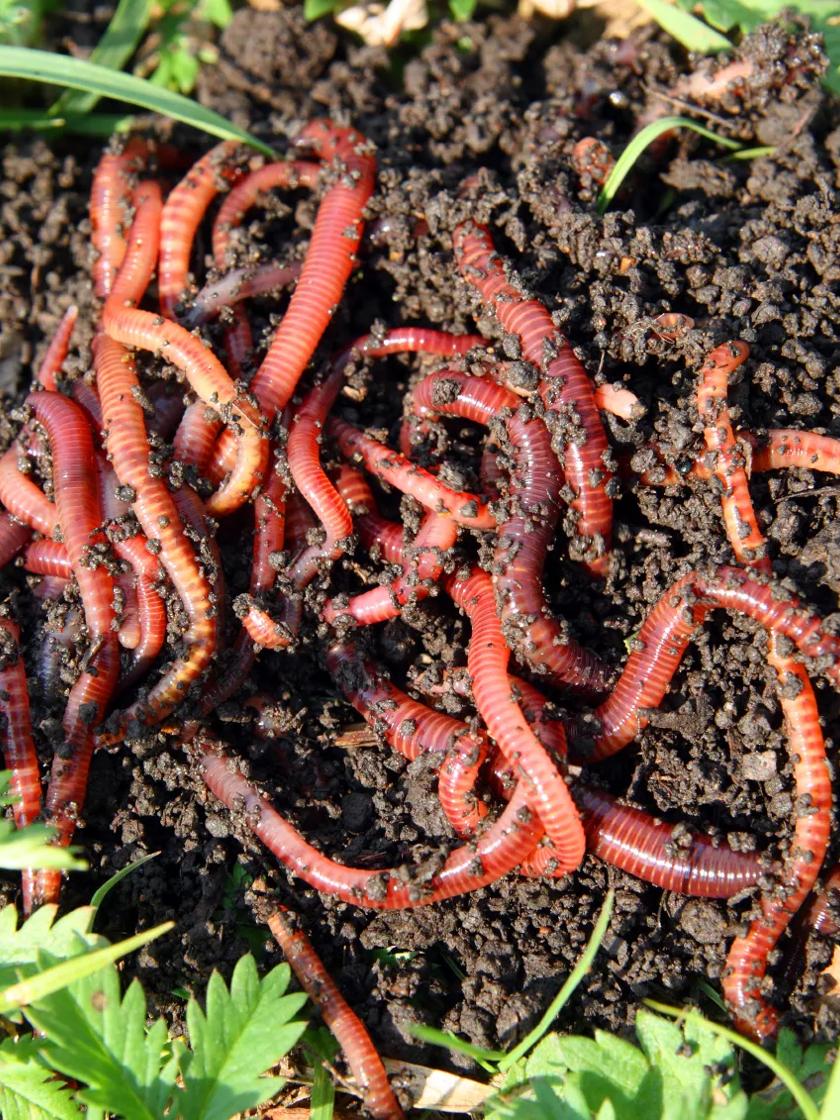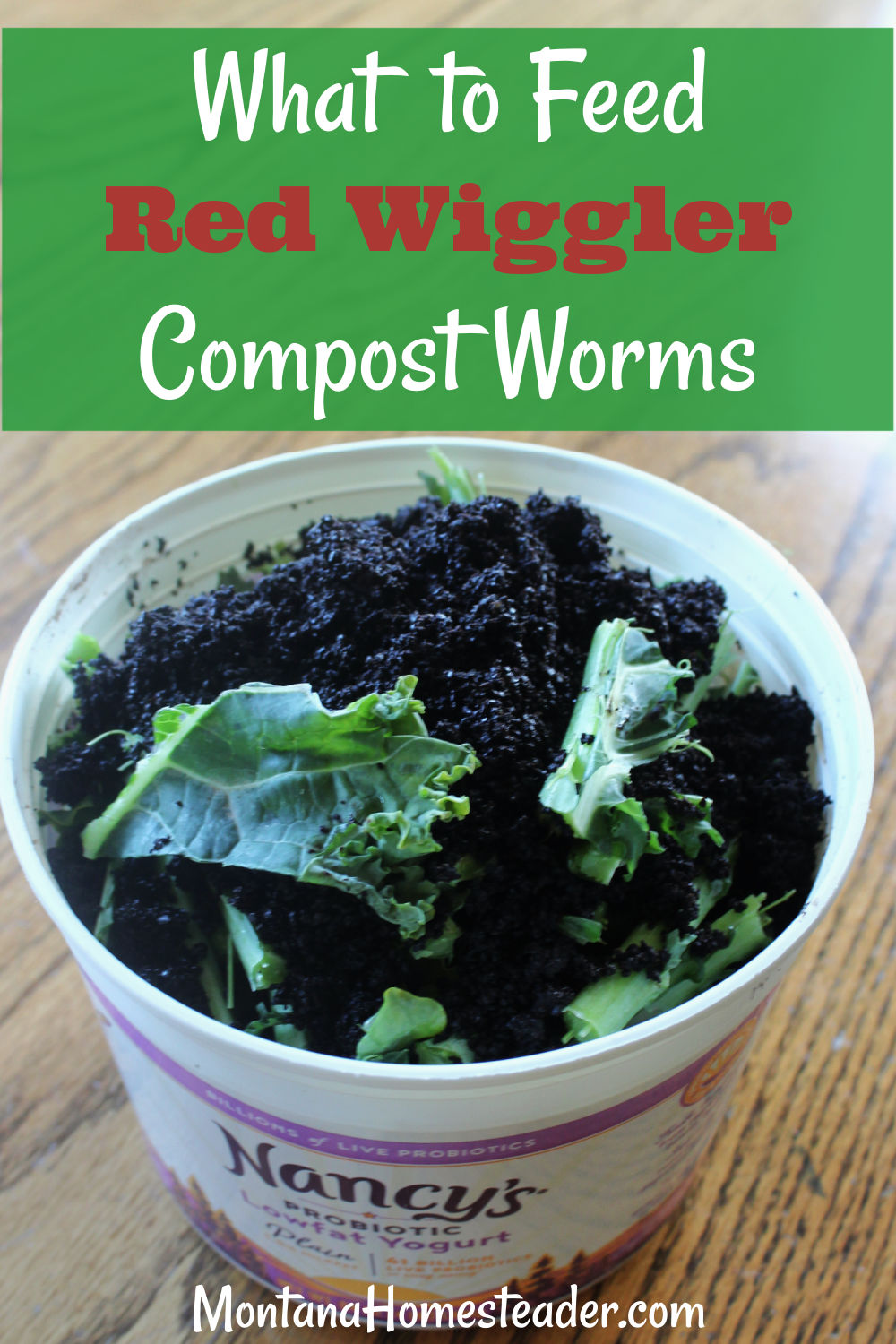Red Wiggler Worms - Perfect for Vermicomposting and Dirt Enrichment
Red Wiggler Worms - Perfect for Vermicomposting and Dirt Enrichment
Blog Article
Red Wiggler Worms Demystified: Unlocking the Secrets of Vermiculture for Greener Living and Nutrient-Rich Soil
In the world of lasting methods for enriching dirt top quality and advertising eco-conscious living, red wiggler worms play a pivotal yet commonly forgotten function. Red Wiggler Worms. Comprehending the ins and outs of caring for these worms, maximizing their environment, and utilizing their spreadings can lead to a greener way of living and healthier dirt for plants to prosper.
The Duty of Red Wiggler Worms
Red Wiggler worms play an essential function in composting systems by successfully damaging down natural matter right into nutrient-rich castings. These starved eaters take in a variety of organic materials, such as cooking area scraps, yard waste, and paper items. As they feed, the worms' digestive procedures break down the raw material into a fine, dark, and nutrient-dense product referred to as worm spreadings or vermicompost.
The castings generated by Red Wiggler worms are extremely useful for dirt wellness and plant growth. They are abundant in important nutrients like phosphorus, potassium, and nitrogen, which are important for sustaining healthy plant growth. Furthermore, worm castings consist of useful microbes and enzymes that assist enhance soil structure, boost water retention, and improve nutrient uptake by plants.
Benefits of Vermicomposting

It enhances dirt structure, boosts soil aeration, and boosts dirt moisture retention. Vermicompost likewise improves the soil with important nutrients like nitrogen, phosphorus, and potassium, promoting plant development and overall soil fertility.
Furthermore, vermicomposting assistances sustainable horticulture techniques by providing a natural and chemical-free option to synthetic fertilizers. Red Wiggler Worms. This eco friendly technique not only improves the dirt but likewise helps in reducing reliance on dangerous chemicals, advertising a greener and more sustainable method of horticulture
Establishing Up a Worm Bin
When establishing a worm container for vermicomposting, correct setup is vital to make sure the success of the composting process. The initial step in establishing up a worm container is selecting an appropriate container. This can be a plastic bin or wooden box that offers adequate room for the worms to walk around and has proper drain openings to avoid waterlogging. Next off, a bed linens material such as shredded paper, cardboard, or coconut coir ought to be included in the container. This bed linens provides a comfortable environment for the worms and aids preserve dampness levels.
After including the bed linens, present the red wiggler worms to the bin. The worms need to after that be provided with food scraps such as fruit and vegetable peels, coffee grounds, and eggshells.
Frequently keep an eye on the moisture levels and temperature level in the worm container to make sure ideal conditions for the worms. With appropriate setup and upkeep, the worm bin will effectively transform organic waste right into read this nutrient-rich compost for your plants and garden.
Collecting Worm Castings
To effectively gather nutrient-rich worm castings from your vermicomposting system, an organized harvesting method is necessary. When it comes time to harvest the worm spreadings, there are a few essential steps to follow to make certain an effective procedure.

Troubleshooting Common Issues
Identifying and attending to usual challenges that may arise throughout the vermicomposting procedure is essential for preserving a efficient the original source and healthy worm bin. One typical issue that vermicomposters encounter is overfeeding. Adding excess food scraps can result in a build-up of moisture and level of acidity in the worm bin, possibly hurting the worms. To stop this, feed the worms in small amounts, ensuring that the food scraps are effectively damaged down prior to including a lot more. Another problem is undesirable smells originating from the worm container. Foul smells suggest anaerobic conditions, commonly brought on by overwatering or inadequate air flow. To fix this, change the dampness levels by adding completely dry bedding products like shredded paper or cardboard and increase aeration by transforming the bedding on a regular basis.
In addition, if the worm populace is declining or the worms appear unhealthy, it might be due to ecological stress factors such as severe temperatures or pH degrees. Monitoring these elements and making required adjustments is necessary for the well-being of the worms. By troubleshooting these common problems promptly, vermicomposters can ensure a smooth and successful vermicomposting process while keeping a prospering worm population.

Final Thought
In verdict, red wiggler worms play a crucial role in vermiculture by damaging down organic issue right into nutrient-rich dirt. Establishing up a worm bin is crucial for effective vermiculture, and gathering worm spreadings gives beneficial garden compost for horticulture.
As they feed, the worms' gastrointestinal processes damage down the organic matter into a fine, dark, and nutrient-dense product understood as worm castings or vermicompost.
The castings produced by Red Wiggler worms are extremely helpful for soil wellness and plant growth. Adding excess food scraps can lead to an accumulation of dampness and level of acidity in the worm container, possibly harming the worms.Furthermore, if why not find out more the worm population is declining or the worms appear undesirable, it can be due to ecological stress factors such as severe temperatures or pH degrees. Setting up a worm container is essential for effective vermiculture, and harvesting worm castings gives valuable compost for horticulture.
Report this page